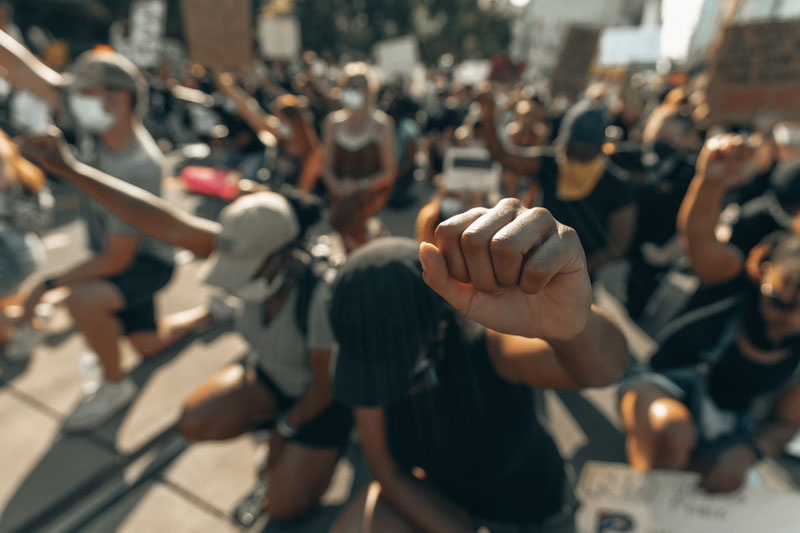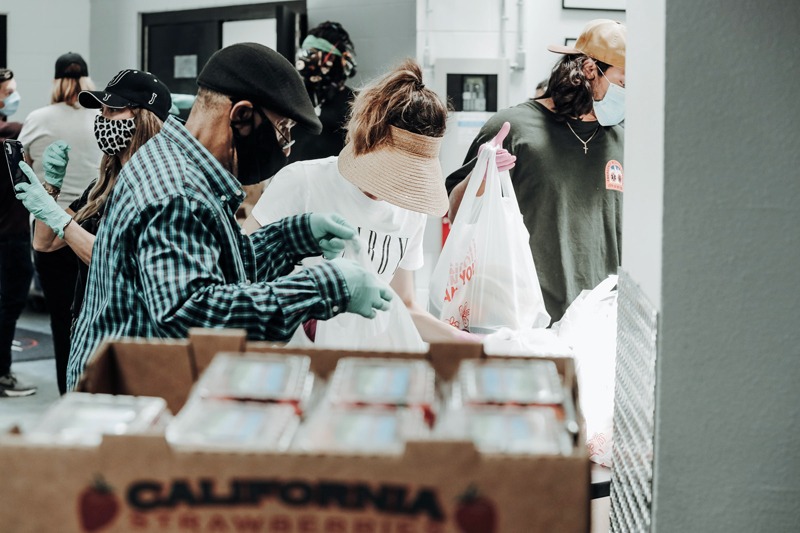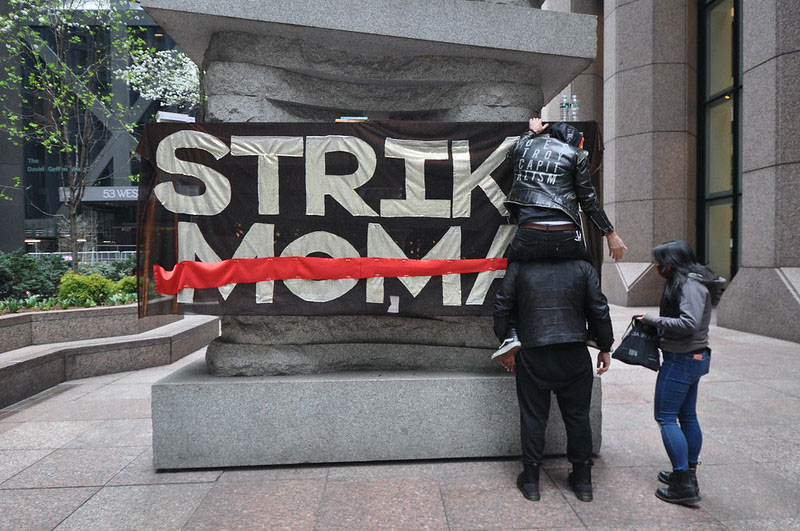
August 16, 2019; New York Times
Thanking donors for their support is important. In these times, thinking about who your donors are may be as important. A growing number of nonprofits find they may be held accountable for the actions and beliefs of their donors and leaders, not only for their organizational effectiveness. If this trend holds, these nonprofits will need strategies to manage the increased risks.
When news broke that billionaire Stephen Ross planned to sponsor a major fundraiser for President Trump, the fallout went well beyond the political arena. Ross’s own anti-bias charity was publicly called out. The University of Michigan, a major recipient of Ross’s philanthropy—indeed, the university’s business school bears his name—found itself held responsible for its supporter’s politics. As Business Insider reported, “Students and alumni of the University of Michigan are imploring Stephen Ross to cancel his fundraiser for President Donald Trump, or else they will urge officials to remove Ross’s name from buildings and signs around the school’s Ann Arbor campus.”
NPQ has paid close attention to the struggles of the Whitney Museum to manage protests from artists and advocates arising from the investment of board member and major donor in riot control equipment. After weeks of highly publicized protest, Warren Kander resigned from the board, leaving the Whitney to patch up the scars, internal and external, that were left behind.
Philanthropist Leslie Wexner’s personal and business relationship with Jeffrey Epstein has become an issue for organizations and individuals who benefitted from his generosity. JTA [Jewish Telegraphic Agency] reports that in a statement last week from his foundation, Wexner wrote of Epstein’s “wide latitude to act on my behalf with respect to my personal finances while I focused on building my company and undertaking philanthropic efforts,” while assuring the public, “I was NEVER aware of the illegal activity charged in the indictment.” One Wexner Foundation fellowship alumna said, in describing the dilemma she faced, “What do you do when you’ve taken in dirty money but already spent it? It’s not clear that you can do more than…doing better research in the future.”
Sign up for our free newsletters
Subscribe to NPQ's newsletters to have our top stories delivered directly to your inbox.
By signing up, you agree to our privacy policy and terms of use, and to receive messages from NPQ and our partners.
With social media, it is easier than ever for controversies to spread and protesters to raise their voices and draw attention. The increasingly elite-dominated philanthropic environment has also worsened the problem. As Ray Madoff, director of the Forum on Philanthropy and the Public Good at Boston College Law School, told the New York Times, “The problem is exacerbated because charitable giving has become concentrated among the wealthy. Twenty years ago, it was a lot of small donors providing the essential support for the institution. Now, charitable organizations have become overly reliant on the big donors.”
In this emerging moment of public scrutiny, nonprofits are challenged to respond. Large, well-funded organizations may have the ability to defuse political controversy by balancing their donors and board across the political spectrum, so they are not seen as partisan. Through reliance on social ties, their major supporters can try to keep controversies from becoming internally divisive, and the wealth and continued support coming from larger donors may insulate them from pressure to find problems with an individual board member or donor. Collectively, the power and influence of their large donor base and their commitment to the institution’s mission may be enough to allow them to persevere.
For less well connected and resourced organizations, the fallout may be much harder to bear. Joseph Grasso, an associate dean at Cornell University’s School of Industrial and Labor Relations, told the Times that for a smaller organization, “Money can really pervert that sense of governance. These large philanthropists know when they’re crossing a line. But at these smaller nonprofits—they’re prime opportunities for them to press the envelope via their philanthropy.”
Large or small, rich or poor, nonprofits need to think about how they can protect themselves from public controversy. Ruth McCambridge poses a question nonprofits must be prepared to answer: “How evil is too evil when it comes to donors?” Komal Shah, a trustee of the San Francisco Museum of Modern Art and Tate Americas, summarizes the difficulty of the work nonprofit leaders now face. “How do they start dissecting what’s okay and what’s not in terms of their policies? There’s no black and white…what is considered evil? How do you really define it?”
As tough as these questions are, too many recent examples illustrate we must try. Thinking about our board members and our donors from this perspective may be uncomfortable, but it is increasingly necessary.—Martin Levine












